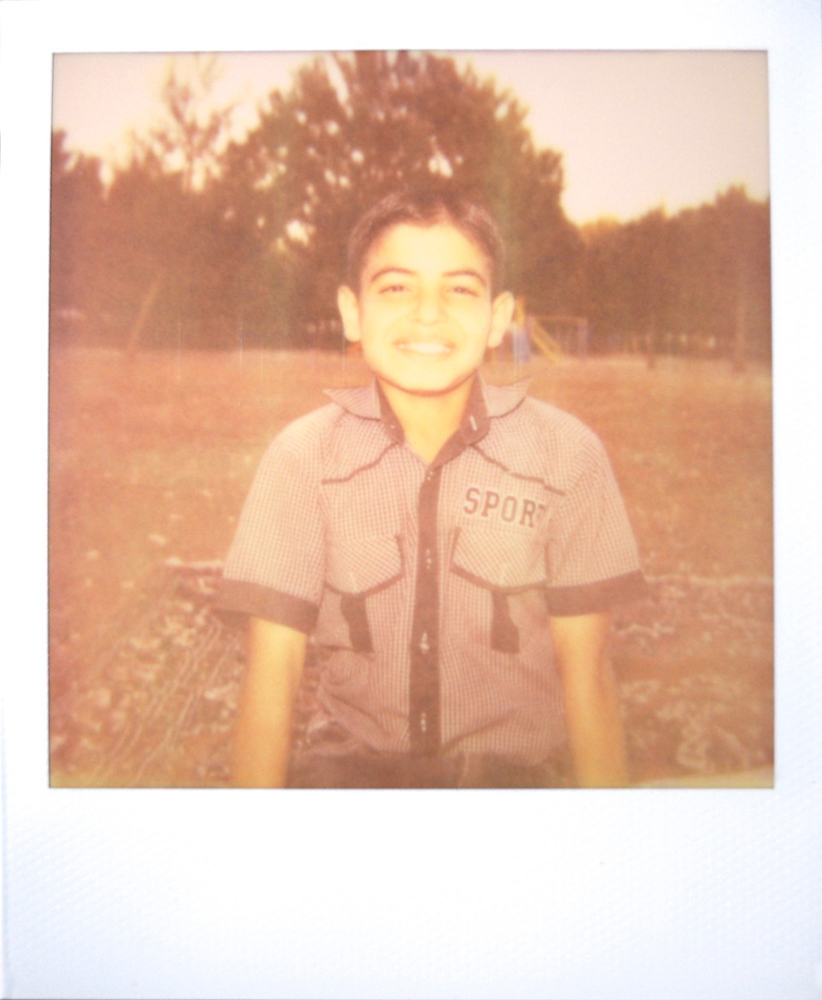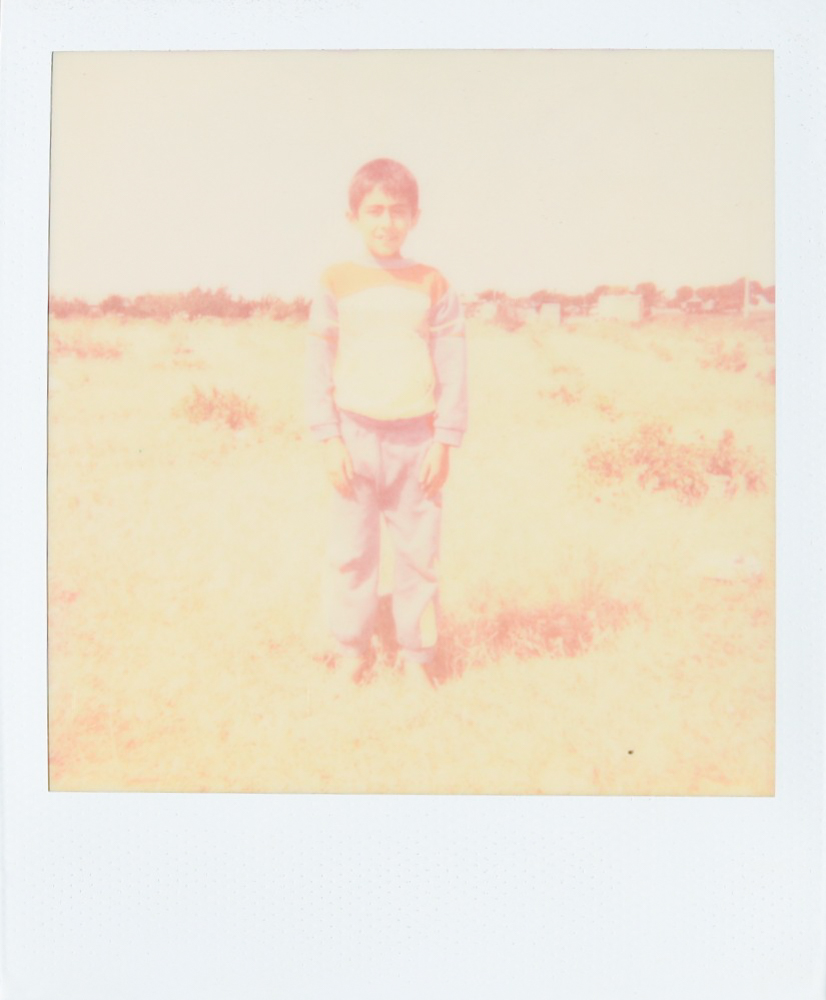



1.9 Million
SCROLL DOWN
1.9 Million

Turkey
Turkey
Turkey
As of September 2015, Turkey was supporting the largest Syrian refugee population by a wide margin. Official data suggest that since January of 2014, the average daily influx of Syrian Refugees has hovered around 500 persons, some days reaching as high as 2,000.
According to the United Nations High Commissioner for Refugees (UNHCR), there are currently over 1,900,000 registered Syrian refugees living in Turkey. However, this number almost certainly falls short of the true figure, as more Syrians arrive every day, and not all are registered. Refugees living outside the confines of official camps are frequently not part of population estimates, and as a result, most available data consistently underestimates the scale of the refugee crisis in Turkey. Additionally, these uncounted refugees are usually the most at-risk due to the difficulties they face trying to access to essential services.
While Turkey’s camps offer a commendable level of support and efficiency in comparison to under-funded and less well-regulated camps in Iraq and Jordan, surveys conducted by AFAD (Disaster and Emergency Management Presidency of Turkey) in June and July of 2013 stress a desperate need to address family concerns among the refugees. With fully half of the total Syrian refugee population in Turkey under the age of 18, meeting the necessities of refugee children is one of Turkey’s greatest priorities in the crisis. The same AFAD survey found that 50% of Syrian Refugees (including children) report that they needed some form of psychosocial help; this includes issues such as stress, at-risk youth, early marriages, and education. Reports have shown low levels of school attendance amongst refugee children in particular. Only around 60% of in-camp refugee children attend school, with that figure plummeting to 14% for non-camp refugee children.




























